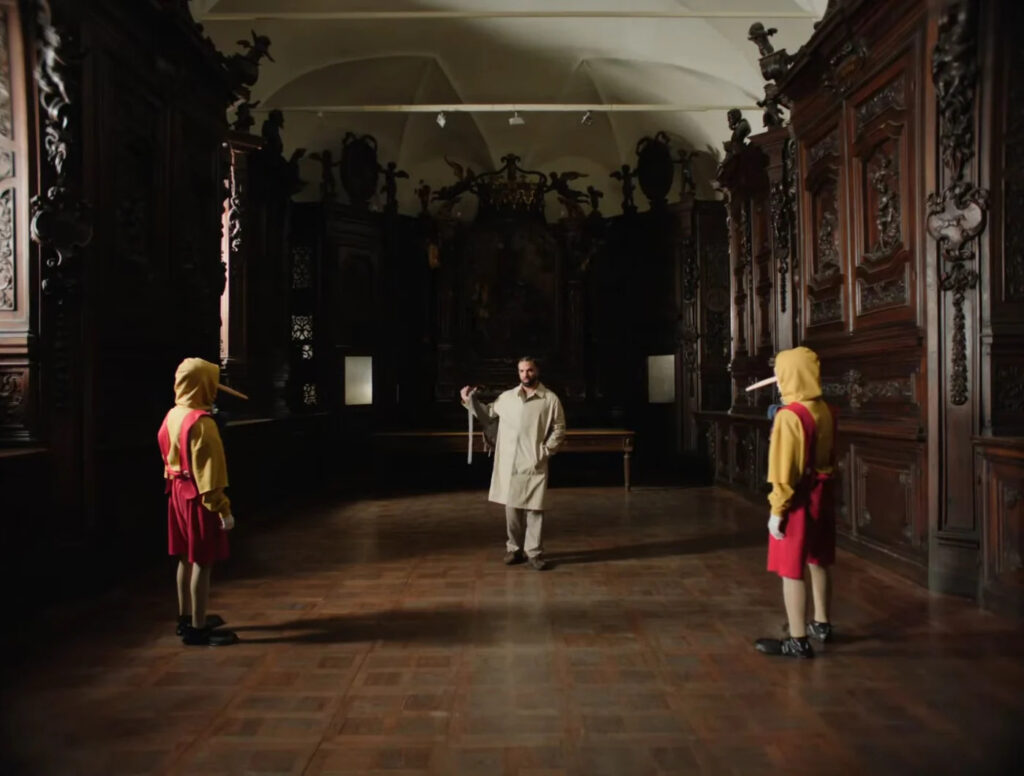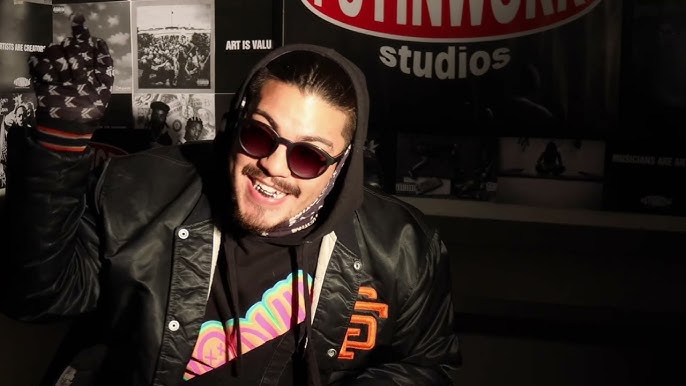Drake is tired of traditional album rollouts. After nearly two decades of singles, videos, magazine covers, and predictable promo cycles, the formula feels worn out to him. So for his ninth studio album Iceman, he decided to abandon the usual playbook and build something unpredictable: a series of theatrical, real-time YouTube live streams.
“I love the clean slate of thoughts and excitement around new music,” Drake told Complex over email. “What I hate is the formulaic approach… single, video, single, video, album cover post, etc.” Wanting a challenge — and “dying to act” — he leaned into live streaming, a space that has become central to youth culture and hip-hop. Drake has been connected to the streaming world for years, from breaking Twitch records with Ninja in 2018 to appearing on streams with Adin Ross and xQc.
But he didn’t want a simple desktop setup. He wanted movement. Energy. Risk. “We started asking crazy questions,” he said. “How high can the quality get? How many cameras can we get to go live at once? Can we get a drone shot?” The result was Iceman Episode 1, streamed live on July 4, 2025 — a 58-minute blend of theater, music video, and real-time performance.
The stream opened inside a Toronto ice warehouse before Drake appeared, measuring blocks of ice. Twenty minutes in, a new single, “What Did I Miss?”, debuted as he danced around the warehouse. After a short break, Drake climbed into an ice truck and drove through downtown Toronto, playing unreleased songs while fans chased the truck, shouting his name. When one person yelled an insult, Drake fired back in real time — a moment he later called “some iceman shit.”

Audience participation quickly became a core part of the rollout. By previewing unfinished tracks live, Drake heard immediate reactions and built fan theories around a cryptic storyline involving his “Iceman” character, a Pinocchio-like villain, and cameos from Central Cee and Yeat. “It’s like sleuth energy,” he said. “People making two- or three-hour videos on their theories.”
Behind the scenes, though, the streams were far from simple. DreamCrew executive Matte Babel said Episode 1 brought intense technical stress — signal issues, last-minute changes, and the decision to delay by a day, costing a potential No. 1 debut. The use of a real Toronto ice warehouse helped ground the chaos in familiarity.
Episodes 2 and 3 pushed things further, filmed on the road in Manchester and Milan. Time differences, no permits, local crews, late-night setups, and even mid-stream rain made the shoots unpredictable. “It can go flawlessly right or terribly wrong,” Drake said. “I don’t know if people understand what it takes.”

By Episode 3, the production involved more than 20 cameras, drones, multiple locations, and over 100 crew members — all coordinated for a live broadcast with no margin for error.
For Drake and his team, the ambition is the point. “When you try something new, people can be overly critical,” he said. “But the goal was to spark others to think differently about how music can be released or experienced.” Babel added that Drake’s willingness to innovate, even at this stage of his career, is what keeps the creative energy alive.
And the rollout isn’t finished yet. The final episode is still coming. “The finale will be our best work,” Drake promised.















